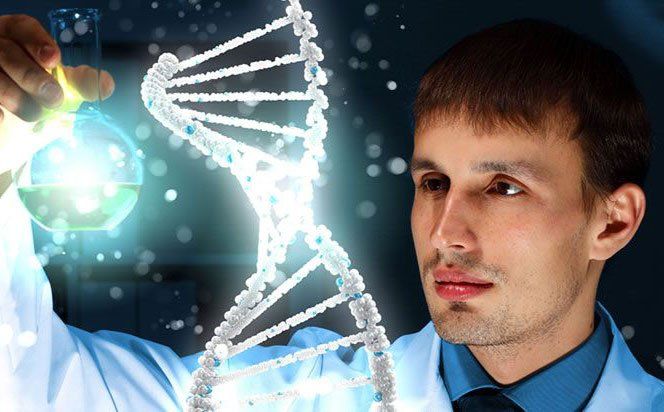MY ACCOUNT
GVDR (G515)
Group of VDR includes
- His-tagged full length VDR (R1084-01, 5ug)
- His-tagged ligand binding domain of VDR (p1094-01, 10ug)
- VDR gene access number is NM_000376.
The vitamin D endocrine system is critical for the proper development and maintenance of mineral ion homeostasis and skeletal integrity (1). Beyond these classical roles, recent evidence suggests that the bioactive metabolite of vitamin D, 1,25-dihydroxyvitamin D3, functions in diverse physiological processes, such as hair follicle cycling, blood pressure regulation, and mammary gland development (2). The biological effects of 1,25-(OH)2D3 are mediated through the vitamin D receptor (VDR), a member of the nuclear receptor superfamily of ligand-activated transcription factors (3). The cellular effects of VDR signaling include growth arrest, differentiation and/or induction of apoptosis. VDR heterodimerizes with RXR and the liganded VDR-RXR heterodimer binds with high affinity to vitamin D response elements (VDREs) in the promoters of target genes (4). In addition, several nuclear receptor coactivators (SRC-1, DRIP) have been shown to interact with VDR and potentiate its transcriptional activity (5-7). In addition to treating disorders of mineral metabolism and diseases of the skeleton, such as rickets, osteoporosis, and renal osteodystrophy, VDR and 1,25-(OH)2D3 have significant therapeutic potential for pathologies such as cancer, autoimmune syndromes, and psoriasis.
Source:
The VDR was expressed in baculovirus system and purified by an affinity column in combination with FPLC chromatography.
Research Use Only.
Applications:
Recombinant VDR can be used 1) for protein-protein interaction assay; 2) for in vitro transcription assay; 3) for in vitro acetylation assay; and 4) for cell growth assay.
Quality Control:
Purified protein is greater than 95% homogeneous and contains no detectable proteases, DNase and RNase activity.
Unit Definition:
1 unit equals 1 nanogram of purified protein. 1-5 units are sufficient for a gel mobility shift assay in a 20µl reaction; 50-100 units are sufficient for reconstituted transcription assay and 100-200 units are sufficient for a protein-protein interaction assay or an acetylation assay.
Concentration:
0.5 mg/ml (in 1X dilution buffer A)
Reagents Supplied:
1x dilution buffer A: 20 mM Tris-Cl (pH 8.0), 20% Glycerol, 100 mM KCl, 1 mM DTT and 0.2 mM EDTA

1. Brown AJ, et al., 1999 Am J Physiol 277
2. Sutton A.L.M., et al., 2003, Mol. Endocr. 17 (5) 777-791
3. Horst RL, Reinhardt TA 1997 In: Feldman D, Glorieux, FH, Pike JW, eds. Vitamin D. San Diego: Academic Press; 13–32
4. Haussler MR, et al., 1998 J Bone Miner Res 13:325–349
5. McKenna NJ, et al., 1999 Endocr Rev 20:321–344
6. Masuyama H, et al., 1997 Mol Endocrinol 11:1507–1517
7. Rachez C, et al., 1998 Genes Dev 12:1787–1800
DISCLAIMER
This products is recommended For RESEARCH USE ONLY and is Not qualified for Use in Diagnostic or Therapeutic Procedures.




